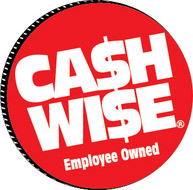Setting Yourself Up
For A Happy, Healthy School Year
Believe it or not, the school year is already right around the corner! And a new school year means busy schedules. Homework, sports, and carpooling take over your mental space – and it’s overwhelming! Plus, those aren’t the only concerns to juggle. You’re probably also thinking about how to provide your child with nutritious lunches. Which is easier said than done with how hectic this time of year gets. But with a little preparation before school resumes, you and your child can hit the ground running for a health-filled school year!
What does a nutritious lunch look like?
The MyPlate guidelines are a great tool for navigating how to structure your child’s meal. It may seem strange because you’re packing a lunchbox, not serving a plate. But MyPlate provides the perfect structure for your child’s lunch. Half of the “plate” should be fruits and veggies, with the other half split between protein and grains. And don’t forget the one cup of dairy that goes with the meal as well!
Check out our dietitian approved “Build a Better Lunchbox” ideas under resources on our Dietitian’s Corner website.
Fuel Stations
A fuel station for your home is just like a fuel station for your car – a one stop shop for filling up the tank with energy! But unlike cars, humans use food for fuel. Which means that our fuel stations are in places like the refrigerator and pantry. Fill a bin, basket, or platter with a variety of fruits, vegetables, crackers, popcorn, cheese or other food items. These stations can be geared towards after-school snacks, or options to pack with lunch. They are a fantastic way to keep things organized and give your children the opportunity to choose their foods.
Try labeling your bins and baskets in a way that helps your child understand how to put together his or her own lunch! For example, keep a bin of various dairy items such as yogurt and cheese in your refrigerator. Label the bin with “choose 1”. Then your child can make his or her choice for their lunch! You can do the same with fruits, veggies, and grains like crackers or popcorn.
The Benefits of Fuel Stations
Fuel stations are particularly effective for nourishing your child because having the ability to choose their own food builds independence and confidence. While a parent’s job is to provide nourishing food, the child’s job is to decide what and how much they will eat. When your child takes ownership of their snacks and school lunches, they are more likely to eat them!
Some of our Favorite Foods to Have On Hand For the School Year:
- String cheese
- Low sodium lunch meats
- Whole grain crackers
- Whole grain bread
- Popcorn snack packs
- Fruit
- Veggies (especially snack packs!)
- Nuts
- Whole grain tortillas
- Nut butters
- Low sugar yogurt cups
Be on the lookout for our Dietitian’s Choice shelf tag when you’re shopping for school lunches and snacks! This tag identifies food items with less added sugar, sodium, and saturated fat. Which helps you to feel confident that you’re providing nutritious food options for your child. Your Registered Dietitians wish you a happy and healthy new school year!
– Jess, MPPD, RDN, LD

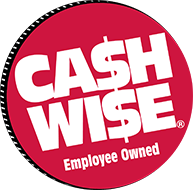


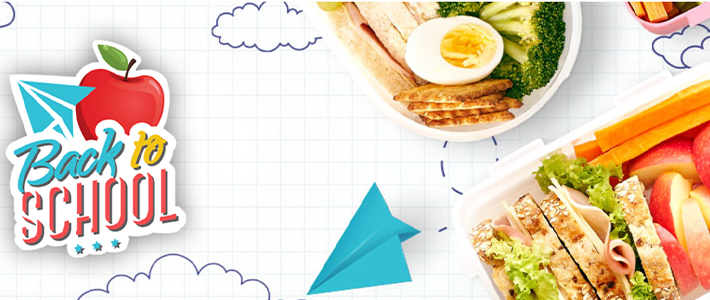
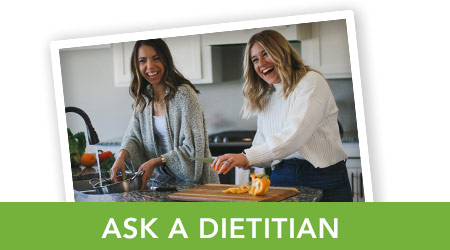
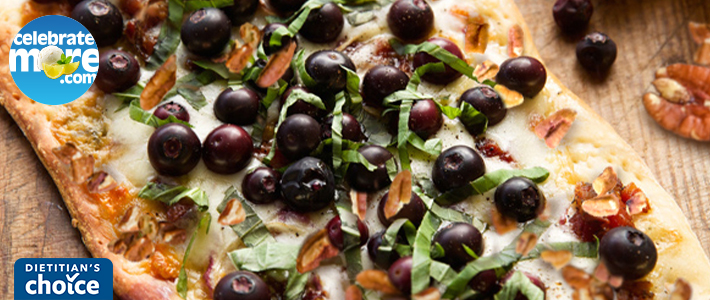
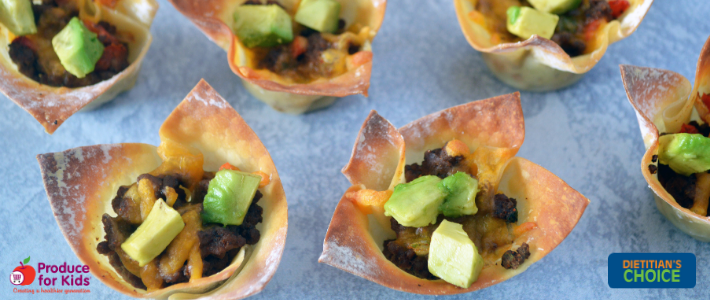
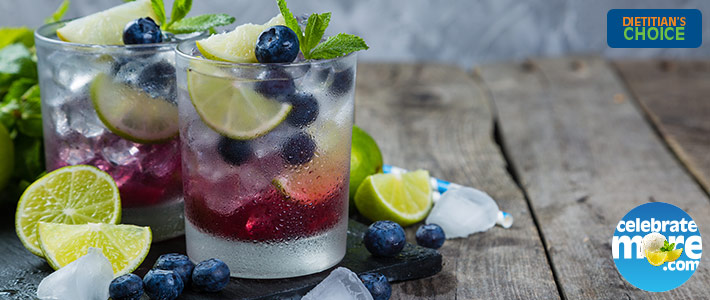
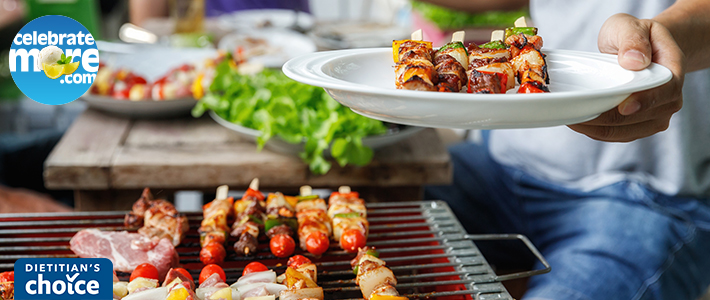
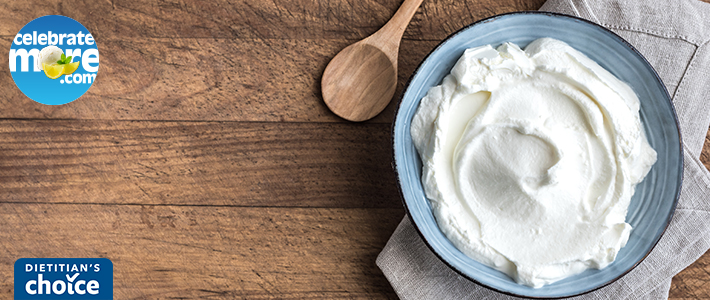
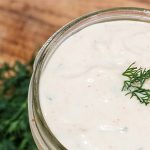
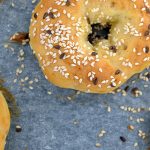
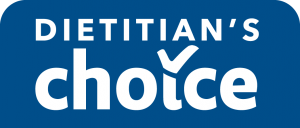
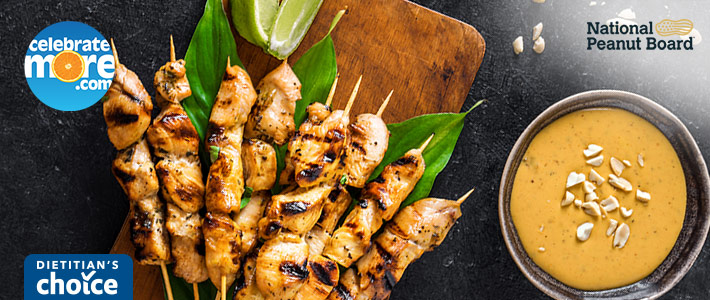
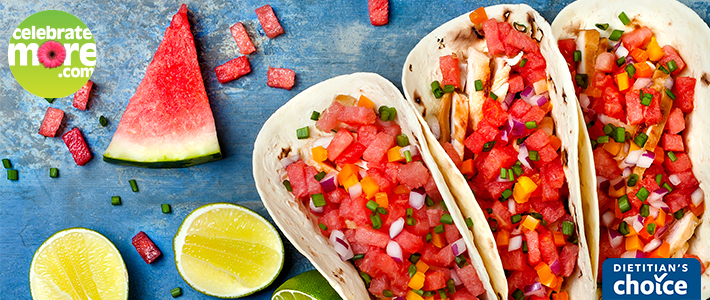
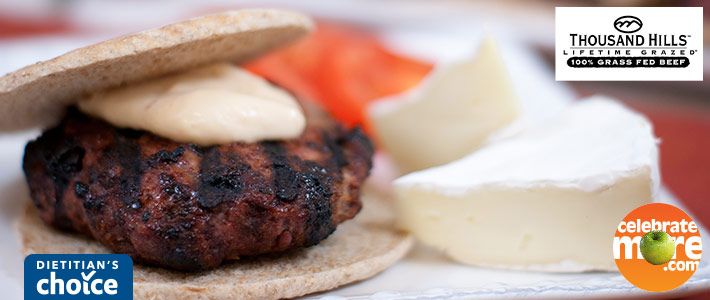
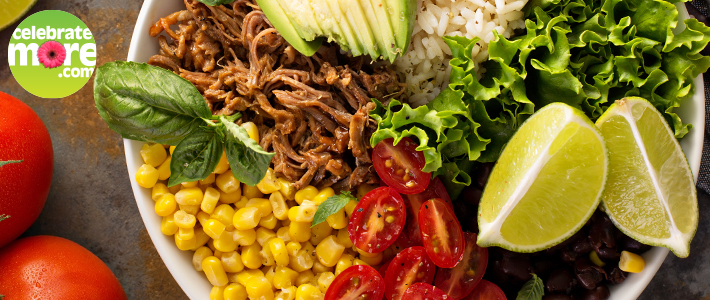
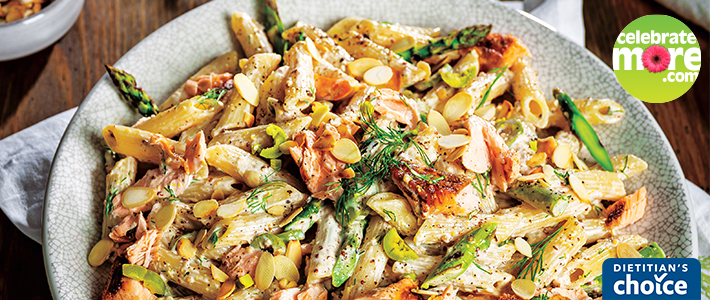
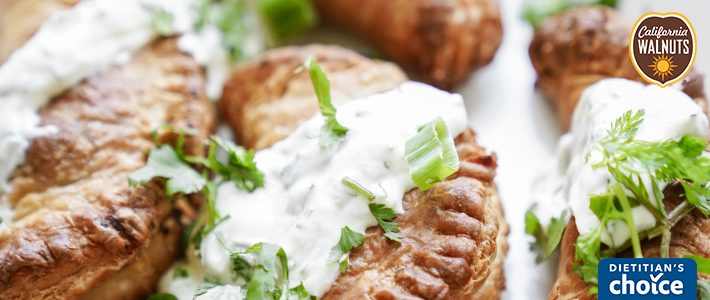
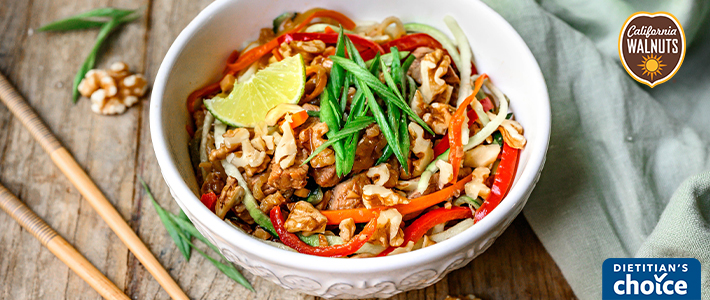
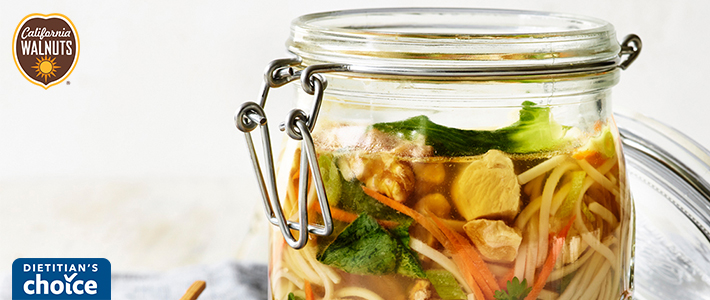
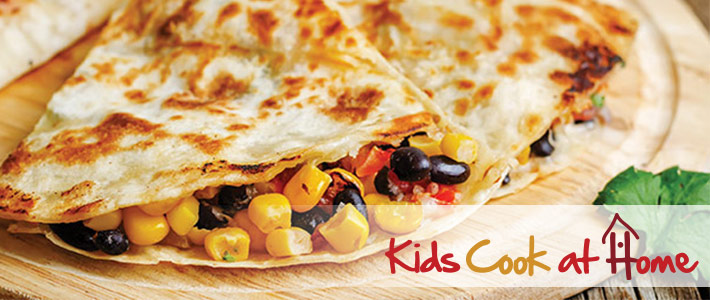
 Recipe Difficulty: Medium
Recipe Difficulty: Medium

